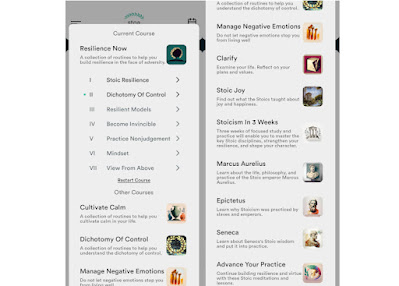Dark Ambient Review: The Curse of Spring-Heeled Jack
Review By Casey Douglass
It’s funny how the ghouls and spectres from the non-digital past seem to be all that much more mysterious and sinister for it. The fog of hand-me-down memories and the way that we always think that we know better than our more “simple” or less “enlightened” ancestors creates a strange kind of grittiness to the topic, an almost feral air of interest. For The Curse of Spring-Heeled Jack, criptid corraller and myth master Mombi Yuleman has turned his attention to the bouncy and sinister Victorian folklore of Spring-Heeled Jack.
Spring-Heeled Jack was the name that society bestowed on the perpetrator of a number of mysterious attacks in Victorian Britain, his most popularised characteristic being his ability to jump to great heights. He was also apparently of a sinister aspect, and at the time, set imaginations and hearts racing. Mombi’s musical style of bouncy electronic notes and rhythms lends itself so well to this subject matter, and from the very first track, this smoke-laden, industrial slab of British history jiggles and jounces into the listener’s lugs.
The opening track, Hammersmith 1837, does a great job of setting the scene and feel of the album. A bubbling, clock-ticking, bell-like opening produces bouncy notes and melodies, backed by choral swells, organ tones and guitar chugging. For me, this track had “chase music” written all over it, and I had a pleasing mental impression of Victorian London at midnight, pale moonlight illuminating chimney smoke, and the fleeting shadow that happens to be bounding from rooftop to rooftop. The latter half of the track features a kind of whirling, helicopter “whup-ping” sound which greatly aids in this mental image. A fun but also sinister track.
Another track that really stood out for me is Jack be Nimble, Jack be Quick. Sitting at just under three minutes long, it opens with a mechanical, hissing, factory-like environment. Twisting plucked notes and a bulbous deep tone sit in the soundscape alongside a knocking beat and sounds of activity. A ghostly chorus emerges with a squelchy melody, and then, manic laugher backed by what sounds like a hammer hitting an anvil. This is another track that suggested the notion of being chased to me. Maybe Spring-Heeled Jack is trying to evade capture by bounding through an active foundry?
The Devil’s Footprints follows, and begins with a warped clockwork knocking rhythm. It’s a fuzzy track, but one that features a gnat-like melody that really buzzes into your mind. This track had a melancholy or at the least, a more peaceful feel. Maybe this track is depicting the carnage left in Jack’s wake, the common city-dwelling folk waking up and finding bloodstains outside of their homes. A really enjoyable track and a different kind of mood, although that mood does shift slightly as the track approaches its conclusion.
I briefly wanted to mention two more tracks that grabbed me. I enjoyed Exploits at the Astronomical Clock for its “heist movie” feel, particularly when the string-like notes emerge in the latter half. Terrorizing the SS also really comes to mind as a great track that would sit well behind a newspaper headline montage in a movie, the escalating headlines backed by its blend of stabby notes and darting strings. They both have the urgent feeling of “things happening”, which is something that I enjoyed.
The Curse of Spring-Heeled Jack struck me in a very “filmic” way, the visual impressions and movie angles that I seem to have pondered only something that I noticed when writing this review. This is to Mombi’s credit of course, and shows why he chose “soundtrack” as one of the tags for this album on Bandcamp. The album is full of fast, bouncy, and often jaunty melodies, but all backed with that twisting, creeping weirdness that Mombi is so good at injecting. As in his previous album Witch-Works, and others, Mombi has brought the Halloween-type spirit to a dark piece of British folklore. If you enjoy forteana with a light-hearted yet sinister aspect, you’d do well to check out The Curse of Spring-Heeled Jack.
P.S You might also like to check out Mark Hodder’s Burton and Swinburne series of books, the first of which is called The Strange Affair of Spring Heeled Jack, an excellent steampunk alternate history saga that I read some years ago.
Visit the The Curse of Spring-Heeled Jack page on Bandcamp for more information.
I was given a review copy of this album.
Album Title: The Curse of Spring-Heeled Jack
Album Artist: Mombi Yuleman
Released: Feb 3, 2023







